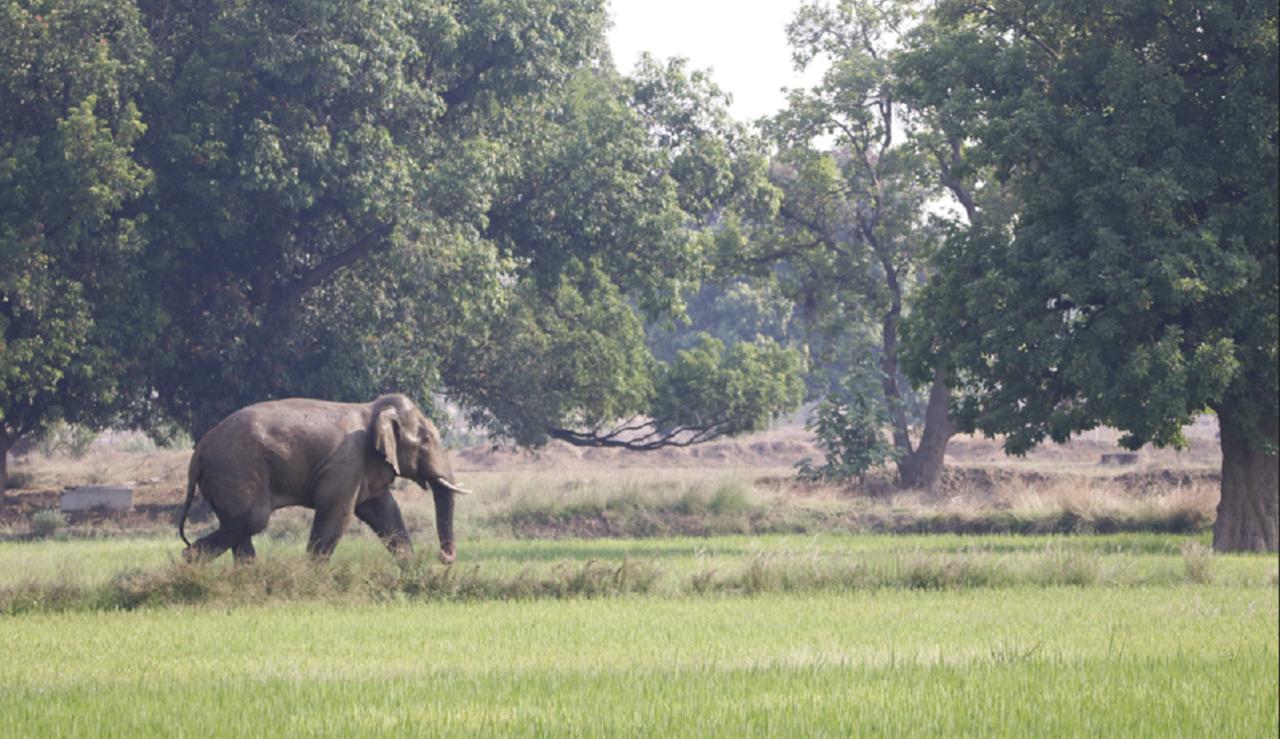Locals have urged officials to take mitigating steps against the tusker that crossed over from Chhattisgarh and has already killed five people in two years

Representation pic
With the Assembly elections approaching, the Human-Elephant conflict is likely to become a prominent issue in eastern Maharashtra. A tusker named CME3, born in Chhattisgarh is believed to have been involved in the deaths of five individuals across Maharashtra, Telangana, and Chhattisgarh over the past two years. Recently, the elephant re-entered Maharashtra, leading to a tragic incident in which 25-year-old Shashikant Satre from Gadchiroli lost his life.
ADVERTISEMENT
Sagnik Sengupta, co-founder of the NGO Stripes and Green Earth Foundation, confirmed that the tusker entered Maharashtra four to five days ago. "The tusker is currently in Allapalli and may head south into Telangana. The need of the hour is that the forest department should monitor the tusker's movements closely to avoid further incidents," Sagnik Sengupta said.
The elephant was first spotted in Maharashtra at the end of May 2022, and according to reports the elephant migrated from Gariyaband in Chhattisgarh. This solitary tusker remained in the state for only three days before returning home. Now approximately 35 years old, CME3 has become infamous for its violent encounters with humans. On November 11, 2023, the elephant was involved in the tragic death of a farmer in Gariyaband in Chhattisgarh.
"The situation escalated further in early April 2024 when CME3 ventured into the Komaram Bheem Asifabad district of Telangana, resulting in the deaths of two farmers on April 3 and 4. After briefly returning to Gadchiroli, Maharashtra, the tusker killed another farmer on April 25, and the following day, it severely injured three women in Bhamragad, with two later succumbing to their injuries. CME3 crossed back into Chhattisgarh, where a woman was killed on May 2, in the Dhamtari region," Sengupta told mid-day.
Experts are calling for immediate action from the forest department to address the ongoing human-wildlife conflict. Sagnik Sengupta whose team was earlier monitoring the herd of elephants in Maharashtra has proposed measures like implementing a long-term mitigation plan featuring monitoring, bio-fencing, and an early warning system. While the existing herd poses little threat, the solitary nature of CME3 has raised concerns about future encounters.
 Subscribe today by clicking the link and stay updated with the latest news!" Click here!
Subscribe today by clicking the link and stay updated with the latest news!" Click here!







